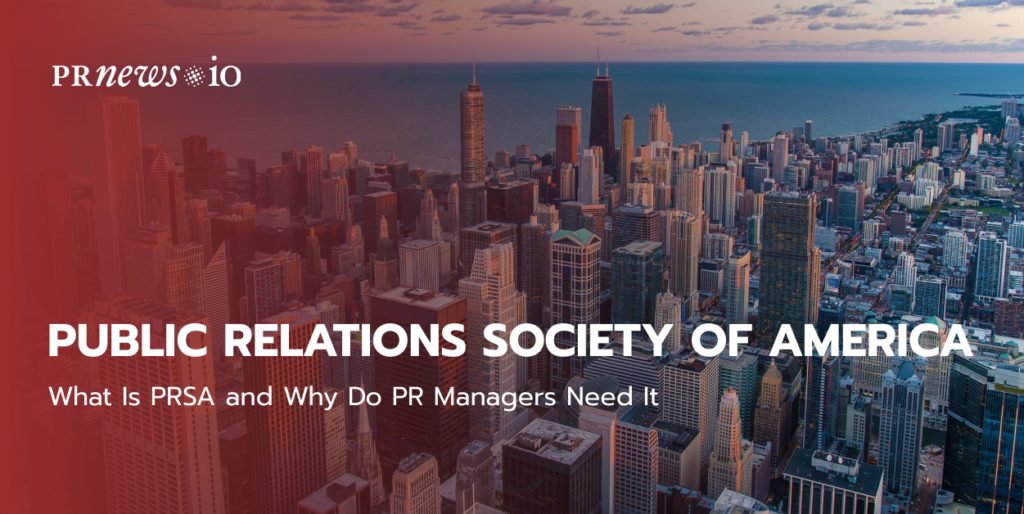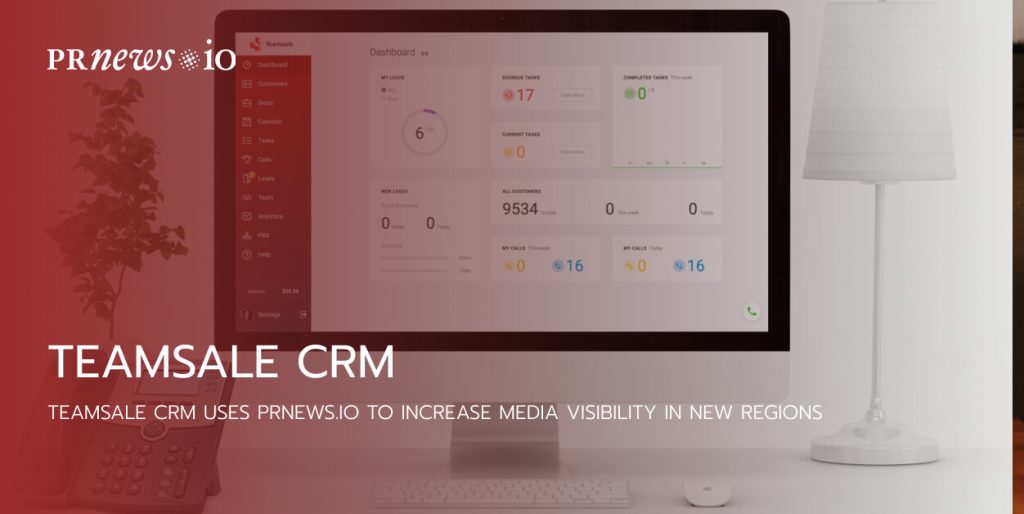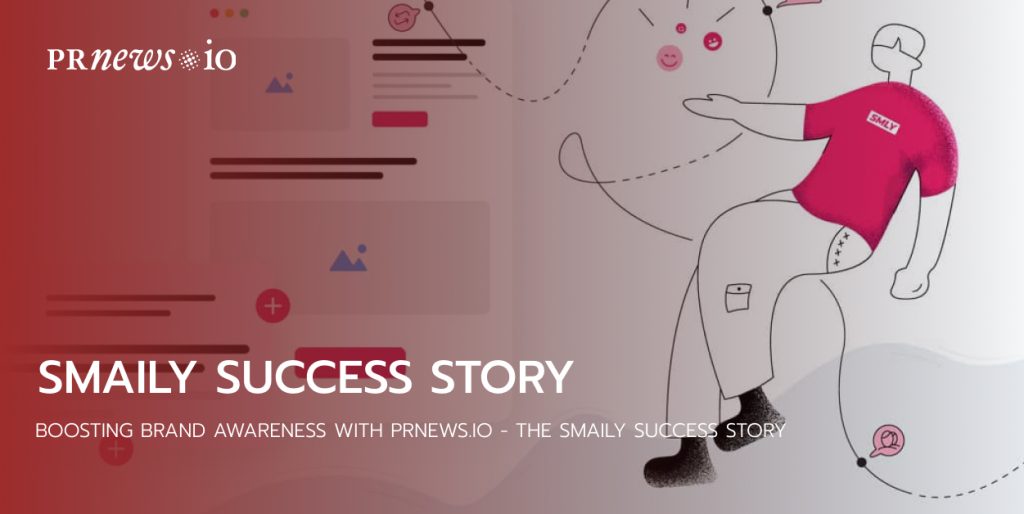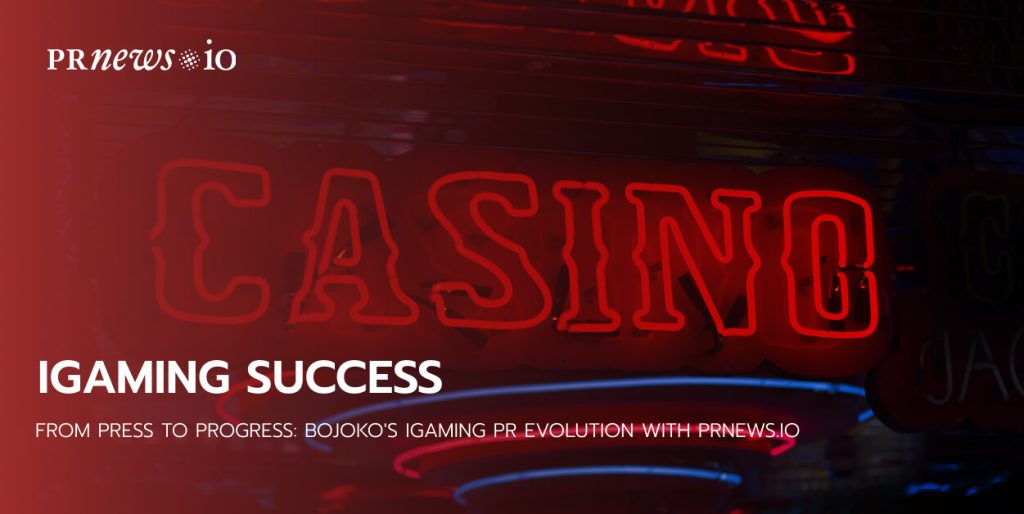
Almost one out of every five public relations experts in the United States participate in the Public Relations Society of America (PRSA). It is the largest public relations association in the world. The organization’s stated objective, with over 28,000 PR managers and student members in 116 national chapters, is to consolidate, strengthen and promote the profession of public relations.
In this post, I’d like to tell you about the non-profit organization for public relations experts, the Public Relations Society of America, or PRSA.
What is PRSA?
The Public Relations Society of America (PRSA) is the nation’s biggest professional association helping the PR community with a mission to make PR professionals more educated, better prepared, and more united through all phases of their careers.
PRSA provides a big professional network, but also professional development opportunities for life-long education. Whether you are a beginner to the field or a longtime PR professional, PRSA is worth your participation or following. For deep learning, you may check important links to the Public Relations Society of America and the profession’s code of ethics, included in this article.
The Public Relations Society of America is located in New York City. It is the world’s largest non-profit company for experts in PR. The community includes nearly 32,000 experts and student members. PRSA is organized into more than 100 branches all over the world, 19 Professional Interest Sections, and Affinity Groups, which constitute business and industry, consulting agencies, independent PR managers, military, government, universities, and nonprofit organizations.
The Mission of PRSA
The mission of the Public Relations Society of America (PRSA) is to make PR managers better prepared, smarter, and more equipped with useful contacts throughout their professional life. PRSA offers professional development, sets professional PR standards of excellence, sets up concepts of ethics, and serves as one of the industry’s leading voices.
The aim is to boost industry recognition and development by helping professionals towards educating key audiences about public relations’ roles and outcomes, present its strategic value and improve its reputation.
In the long term, this association will come to cover research, PR tools and services, influencer, and media outreach, and targeted career development options. It also will promote the positive influence the PR industry has had in the service of the public good.
The Ethics Code of the PRSA
The Public Relations Society of America designed its first code of ethics in 1954. Later, it has corrected it over the years, with the last review being in 2000. The organization’s leaders realized a code of conduct was needed because of non-appropriate professional behaviors in the name of public relations. For those PR experts who wanted to be part of something big and more broadly respected, bad behavior could not be accepted. That’s why a code of PR ethics appeared in the 1950s. PRSA designed a code of ethics to struggle against some of the criticism surrounding the profession.
The code was also created to anticipate and shelter PR professionals when ethical issues do arise. PRSA wants its members to follow ethical practices so that they maintain the profession as credible and transparent doing a public service. Thus, PRSA looks forward to the pursuit of excellence and says that ethical practice is the most important responsibility of its members.
PRSA’s Code of Ethics covers professional values and professional principles of behavior. The code of conduct appeared because of some representatives involved in non-appropriate business behavior. In earlier editions of the code of ethics, there was enforcement included, guaranteed because bad and unethical behavior was uncontrolled and widespread. As time moved on, the enforcement measures were eliminated, but PRSA still expects to follow its ethical rules from all of its members.
PRSA’s values are the base for the code of ethics, setting the standard for the whole PR industry. The first is advocacy. This is a principle that PR professionals should act responsibly and always stand up for their clients. They are paid to represent their best interests and that’s why they should meet their expectation and justify trust.
The next principle is honesty. PR experts are expected to intercommunicate with extreme accuracy and sincerity. PR experts are communicating for the clients, so it’s important to do so with the best interests in mind. Deceiving and hiding the truth is never a good strategy. Even if the truth can damage your PR agency and reputation, you must be truthful. In doing public relations and representing so many different clients in different, PR managers need a lot of specialized knowledge and expertise. The organization expects its members to use their specialized knowledge and expertise responsibly in a way that promotes the profession.
Continuing on with the professional values, PRSA’s code of ethics covers also independence. This value means ownership of the management function of public relations. When PR managers advise clients, they are responsible for that advice. As a result, it can be good or bad, but all professionals are responsible, and that responsibility should guide their practice.
Among the values mentioned in the code is loyalty. PRSA members are expected to serve for their client’s success, to act in the public’s best interest.
Finally, fairness is the last of PRSA’s professional principles. This simply asks that members always act honestly when collaborating with clients, employees, competitors, publications, and so on. PRSA expects members to follow others’ opinions and to support free expression. These five professional principles are the basis of PRSA’s code of ethics. They are all about protecting and advancing the profession. Members want the industry to be considered as fair and full of credible professionals.
How PR Managers Can Benefit from PRSA?
PRSA membership provides many advantages, including networking, professional development, career services, congresses, learning programs, official publications, and mentoring.
As a member, you have access to the Membership Directory, a searchable digital library of all other PRSA members. You’ll also have an opportunity of integrating to local branches, professional interest sections or subscribe to national Affinity Groups like the New Professionals.
Members and non-members can get many professional development programs each year. They are live and on-site, but most are webinars. Its records are available after the live event for 15 days. And with special “on-demand” webinars, members can download courses anytime they want.
The PRSA also organizes an annual, multi-day international conference with hundreds of professional development courses, famous keynote experts, and endless opportunities to meet and collaborate with fellow PR experts.
At the PRSA Job Center, those who are looking for a new job can search listings and publish resumes, while employers can search resumes and post listings.
The PRSA also provides professional endorsement to qualified members through a Readiness Review and Comprehensive Exam. Those who pass the exam successfully then hold the official title of Accredited in Public Relations (APR).
Content Marketing Platform
- 100,000+ media publications;
- get backlinks to your product;
- scale work with content distribution.
To Sum Up
PRSA membership offers many benefits, including networking, professional development, career services, conferences, official publications, and mentoring. The organization serves all PR managers to make their job easier and strengthen the significance of the profession.
FAQ: PRSA
What is PRSA?
The Public Relations Society of America (PRSA) is the world’s largest organization for public relations (PR)experts, including more than 21,000 participants.
How to become a member of the public relations society of America?The PRSA offers educational programs and sets and promotes ethics codes for the global public relations profession. The organization also performs public relations functions for the industry itself through its PR advocacy initiative, which is called “The Business Case for Public Relations.”
How to become a member of the public relations society of America?
To participate in the PRSA, you have to devote at least half your professional time to the work or teaching of public relations. For the full membership, you have to pay $225 a year and the associate memberships (for those with two years of PR experience or less) costs $155 a year. PR college students can participate in the Public Relations Students Society of America with branches at over 280 American universities.
How does the public relations society of America (PRSA) define public relations?
There are as many different descriptions of public relations as there are many different public relations managers. There are no the same public relations jobs. Definition of PRSA, “is a strategic communication process that builds mutually beneficial relationships between organizations and their publics.” At its core, public relations covers influencing, engaging and building a relationship with key stakeholders to contribute to the way an association is perceived.





